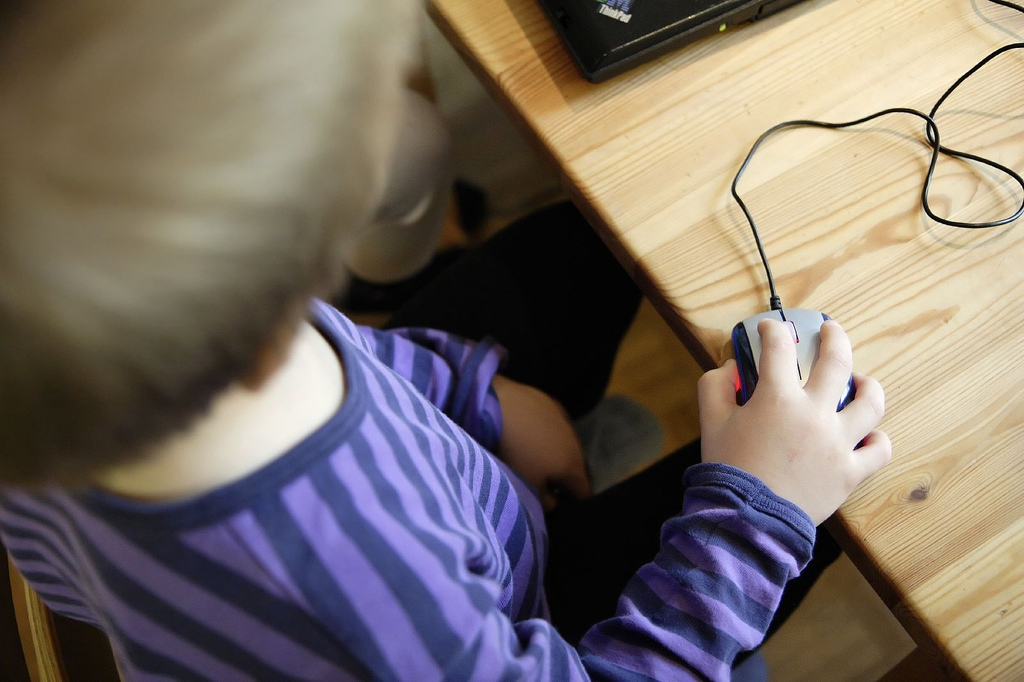The jail in Washington, D.C., recently began to allow family members to visit inmates by video conference. The problem is, in-person meetings are no longer permitted. The only way families can see each other now is by sitting in front of a computer screen several blocks apart.
 Correctional facilities in more than 20 states currently have or plan to have video technology in place, according to a report released by the research and advocacy organization The Sentencing Project. Video technology’s popularity in facilities is driven by a desire to cut staff costs, to reduce security risks created by in-person visits, and in some cases, to raise revenue.
Correctional facilities in more than 20 states currently have or plan to have video technology in place, according to a report released by the research and advocacy organization The Sentencing Project. Video technology’s popularity in facilities is driven by a desire to cut staff costs, to reduce security risks created by in-person visits, and in some cases, to raise revenue.
But as video conferencing becomes more widely available as a way for people who are incarcerated to see their families, the restrictive rules and high fees put in place by prison authorities and private organizations threaten to inhibit the technology’s benefits for family members, especially for the 2.6 million children who have a parent behind bars, according to the report “Video Visits for Children Whose Parents Are Incarcerated: In Whose Best Interest?”
Having a parent in prison can take a real toll on a child’s well being and create symptoms of post-traumatic stress, the report argues. It can hurt their grades, make them withdraw from friends, become disruptive in class and feel less economically secure.
Face-to-face visits that allow parents and children to physically interact strengthen emotional connections, help children feel more secure and reduce recidivism in inmates, the report says. But about half of parents in prison or jail have never received a visit from a child.
That’s because taking children to prison or jail for a visit can be stressful as well. It can require extensive travel, expense and time, especially as the majority of parents in prisons are located more than 100 miles from their families, the report explains. It can also be nerve-wracking trying to anticipate security measures at facilities and making sure that children don’t unintentionally break the rules.
In such instances, visiting by Web or video conference can allow children to see their parents with a lot more frequency. But some facilities may still require families to travel to a special location equipped with the video technology, rather than being able to call from any computer at home. And high fees can make such virtual visits prohibitive as well.
Some for-profit companies that arrange for video conferencing at prisons can charge as much as $15 for a 30-minute video call, while some nonprofits charge a smaller fee to cover their expenses, the report says. Some prison facilities offer a certain amount of video-conferencing time for free, with charges built in for longer visits.
Video conferencing can offer great benefits to children and their incarcerated parents, the report says, if it is used to complement and not substitute for in-person visits, if it doesn’t cost a lot, and if it allows children to visit easily and frequently from home or a nearby location.
“If video visits are an addition [to in-person visits] they will be a help to all and a God-send to many,” the report quotes an editorial by a person currently under incarceration.
“But, if video visits are a replacement for the current visitation, their implementation would be a painful, unwelcomed change that would be impersonal and dehumanizing.”
Photo from MiikaS via Flickr.





























